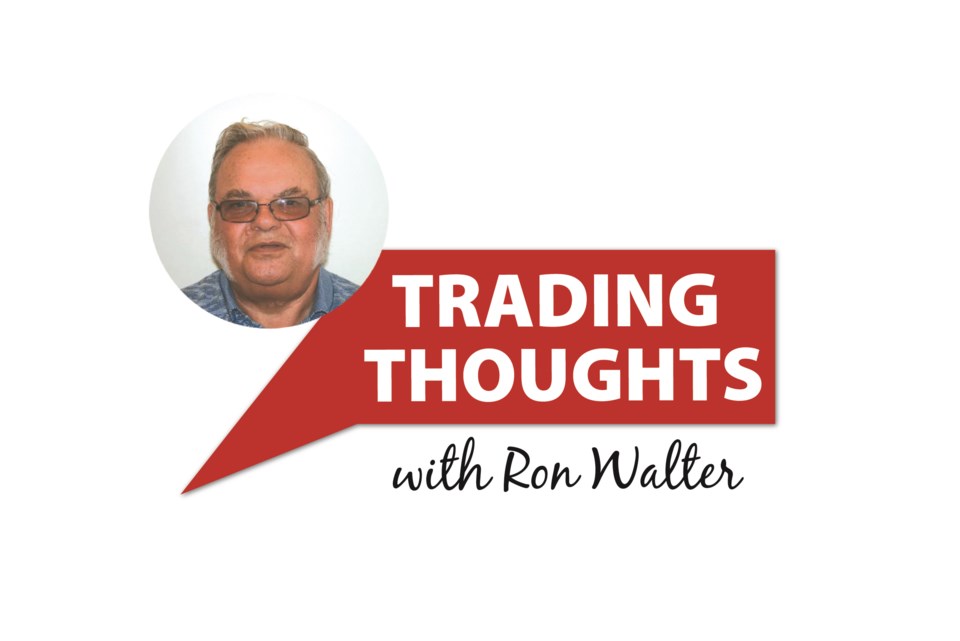Some of my Conservative friends and relatives are tearing their hair out over this federal election.
They don’t know for whom to vote.
They couldn’t stand Fraser Tolmie as mayor of Moose Jaw. While glad to get rid of him as mayor, they don’t want to see him as Conservative candidate and MP for this riding.
They see him as a money grubber who voted himself a 21 per cent salary increase to $100,000 a year, now chasing the $150,000 a year MP stipend.
They have no use for Tolmie’s desire to continue a family legacy in politics — an ancestor was premier of B.C. in the 1930s. For they have experienced the second coming of the Trudeaus.
One of them is actually considering a vote for the NDP. He has never had much use for NDP leader Jagmeet Singh because he is left wing and wears a turban.
But he caught a CPAC-TV program about Singh’s campaign and was impressed.
Another is considering voting for the Maverick Party candidate.
To some people voting for a party that has no chance of electing a candidate, let alone government, is a wasted vote.
No vote is ever wasted in a democracy, as it represents the voter’s right to have a say in affairs of government.
The Maverick Party at last count had only 28 candidates running to get a better deal for western Canada from Ottawa.
The East gets the attention and more government funding simply from its larger population.
The analytical science of political campaigns discovered variable support exists in the populated regions of Toronto, Quebec and Lower Mainland of B.C. That’s where the attention goes.
So-called splinter parties have been around in Canada since the 1920s when the Progressive Party and the United Farmers set up shop. Their impact has varied.
The free trade agrarian-based Progressives and the United Farmers briefly held balance of power federally, representing all Alberta ridings and one-quarter of Ontario ridings.
When their leader tried to build a national organization from the provincially based groups the party faltered, only to see the Social Credit Party take over Alberta with its print-money policies and sent a cluster of MPs to Ottawa.
At the same time the CCF (Co-operative Commonwealth Federation) won in Saskatchewan and sent a cadre of MPs to Ottawa. They became the NDP.
Social Credit never made first base until Quebec’s Real Caouette brought in a group of MPs from rural Quebec. He set the stage for a Quebec-based federal party like the Bloc Quebecois when he broke away to form the Creditistes.
Except for Liberal Paul Hellyer’s ill-fated attempt to build a new party and a couple of small Western separatist parties, that was pretty well it.
Alberta tensions were stirred with the demise of Social Credit and the maverick province started the Reform Party which took hold across Canada and eventually took over the Progressive Conservative Party, now the Conservative Party of Canada.
When Maxime Bernier narrowly lost the Conservative Party leadership to Andrew Scheer, he started the People’s Party of Canada — advocating less government in our lives and less immigration.
In spite of all the alternate party efforts, Canadian politics hasn’t changed much. The most populated regions get the most attention and will continue to do so.
And in spite of the politics, the country remains one of the best to live in on this planet.
Ron Walter can be reached at [email protected]
The views and opinions expressed in this article are those of the author, and do not necessarily reflect the position of this publication.


